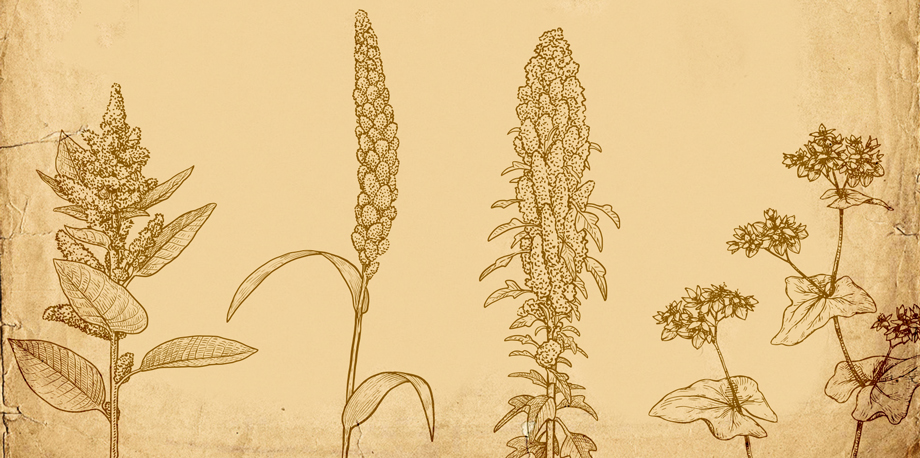February 14, 2019 — Drought, extreme temperatures, salt in the soil: Because of conditions like these — which scientists call abiotic stresses — the fields that feed the planet yield just half the amount of food crops they have the potential to provide. With climate change, some of these stresses are worsening, even as rising population means more mouths to feed.
One solution to this challenge? Naturally stress-resistant plants, or NSRPs, which thrive despite difficult environments and challenging conditions. That’s the argument from a paper by a team of Chinese researchers in the academic journal Nature Plants. People already eat some NSRPs, and the paper contends that genetic modification of these crops could give them the boost they need to be produced more widely.
The researchers point to millets as one example. These edible grasses are a staple crop in parts of Africa and Asia, and they’re adapted well to one of the most formidable abiotic stresses: drought. Plus, millets can usually withstand high soil salinity and grow without much nitrogen fertilizer. An issue with millets, though, is that they often have low yields, the paper says, although scientists are working to change that.
Another NSRP suited for human consumption is quinoa, which tolerates high levels of salt in the soil and can grow in a variety of climates.
Higher yields would allow these and other NSRPs — such as amaranth, kaniwa and buckwheat — to be cultivated more broadly, the researchers argue. They say that advances in gene editing technology, such as CRISPR, can and should be used in conjunction with other techniques to keep the plants’ stress resistance and nutritional value in place while raising yields.
The paper doesn’t address potential limitations to the argument. The authors begin their plea for a turn toward NSRPs by quoting the often cited number that “food production must increase by at least 70%” by 2050, focusing on scientific and technological solutions. They don’t address political dynamics, the reality that government policies influence the distribution of existing food resources and the composition of people’s diets.
And commercialization of plants like quinoa holds the potential to funnel farmers’ resources toward a select few varieties of a given crop, at the expense of the very diversity that helps such crops withstand environmental change. Plus, some people still have concerns over genetic modification and CRISPR.
Still, as the human population climbs and climate change intensifies, the world will be looking for solutions. “For better food security and a healthier diet,” the paper’s authors write, “the world needs many more stress-resistant crops. As both researchers and global citizens, we look forward to a sustainable future with many stress-resistant, resource-efficient and nutrient-diverse grain, vegetable and fruit crops.” ![]()
Ensia shares solutions-focused stories free of charge through our online magazine and partner media. That means audiences around the world have ready access to stories that can — and do — help them shape a better future. If you value our work, please show your support today.
Yes, I'll support Ensia!
